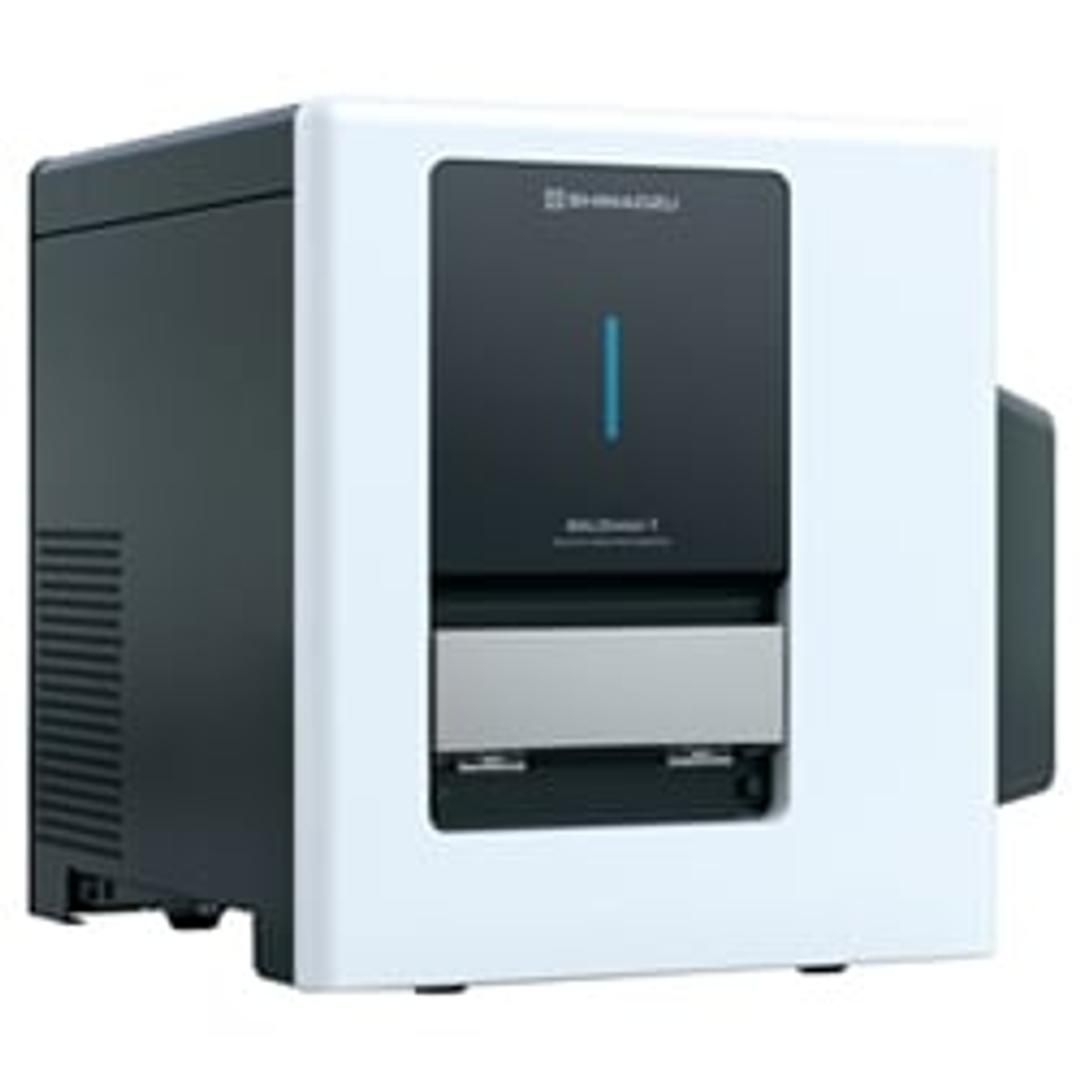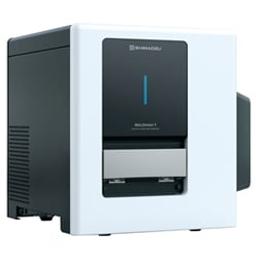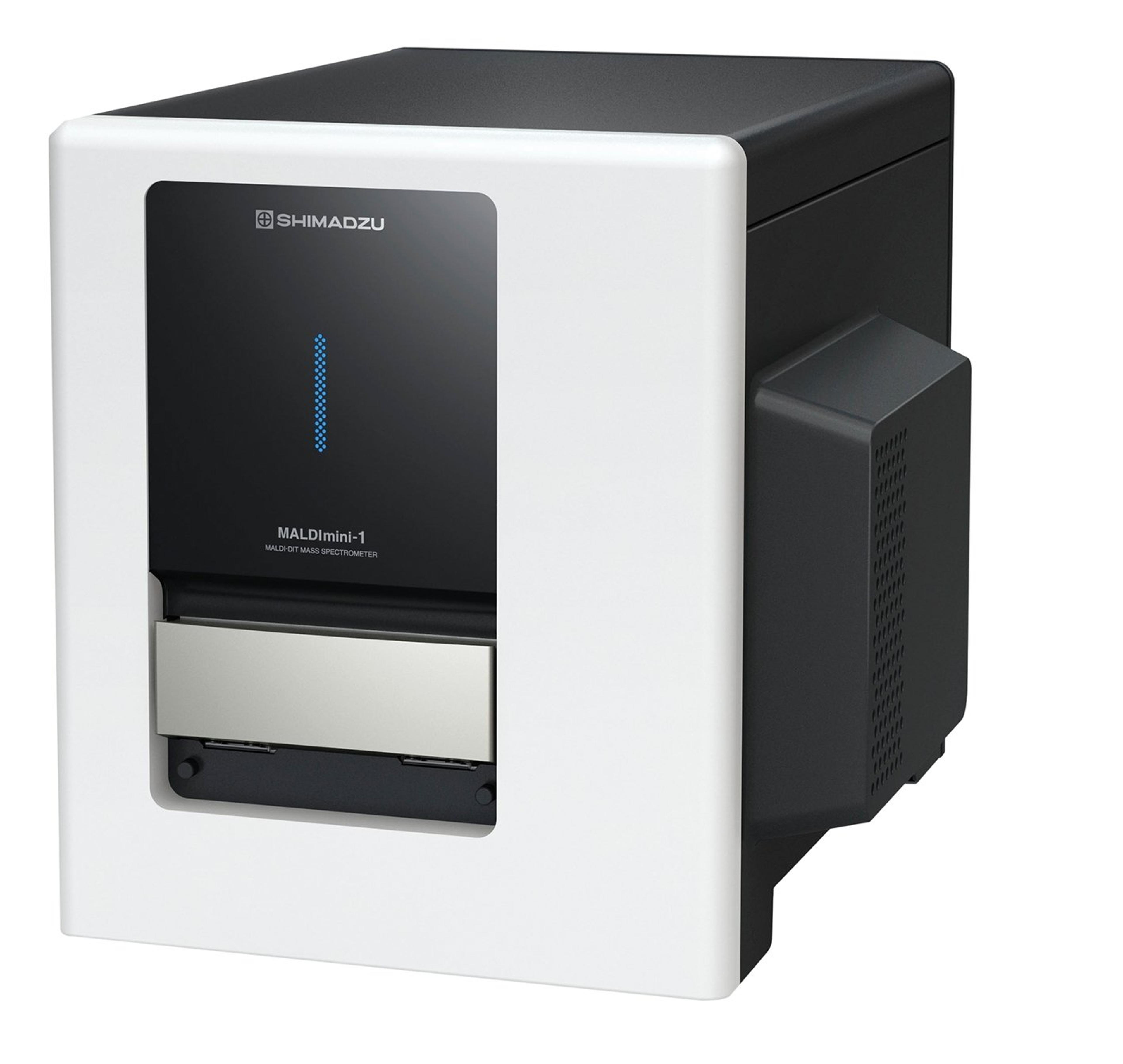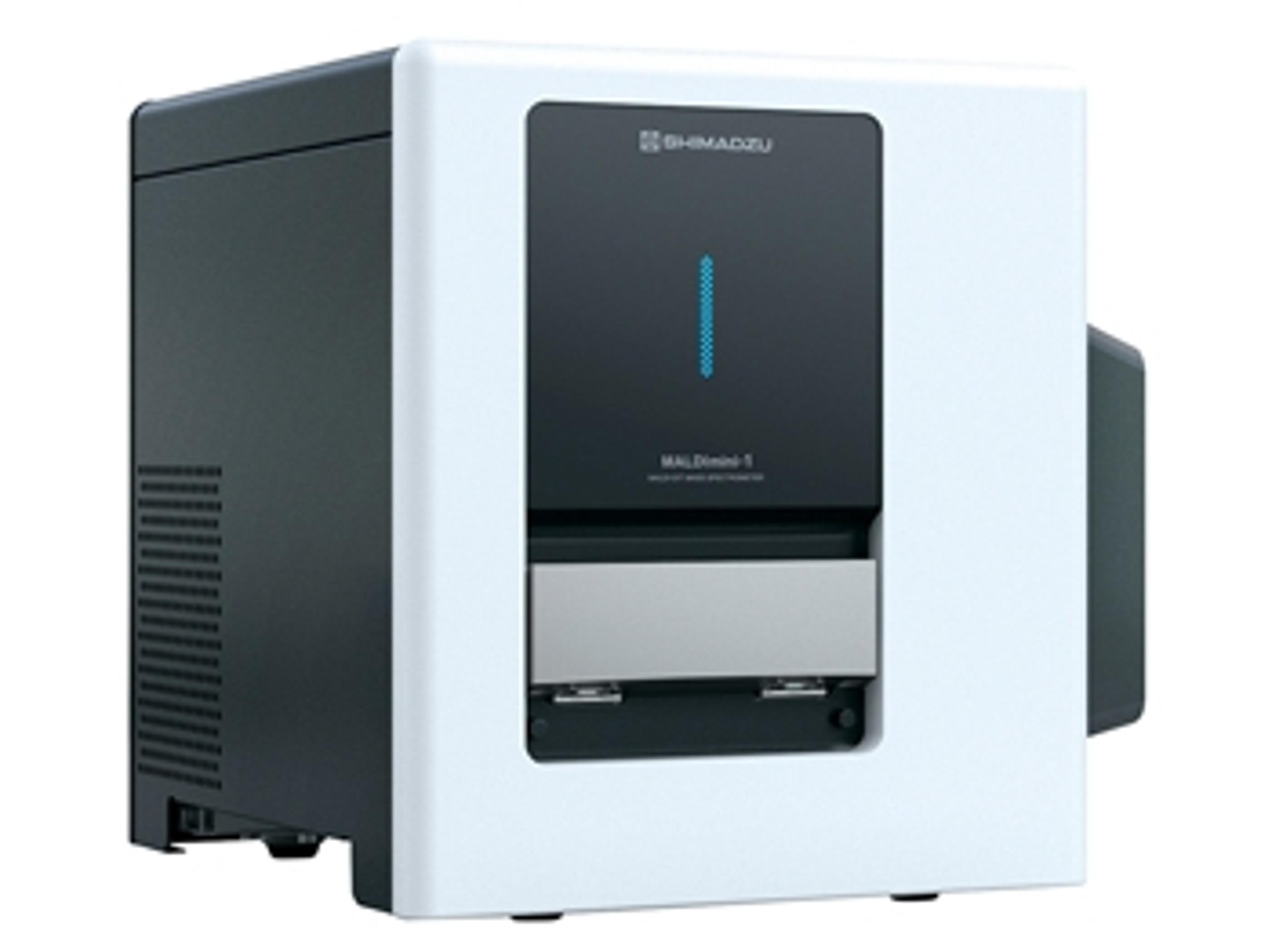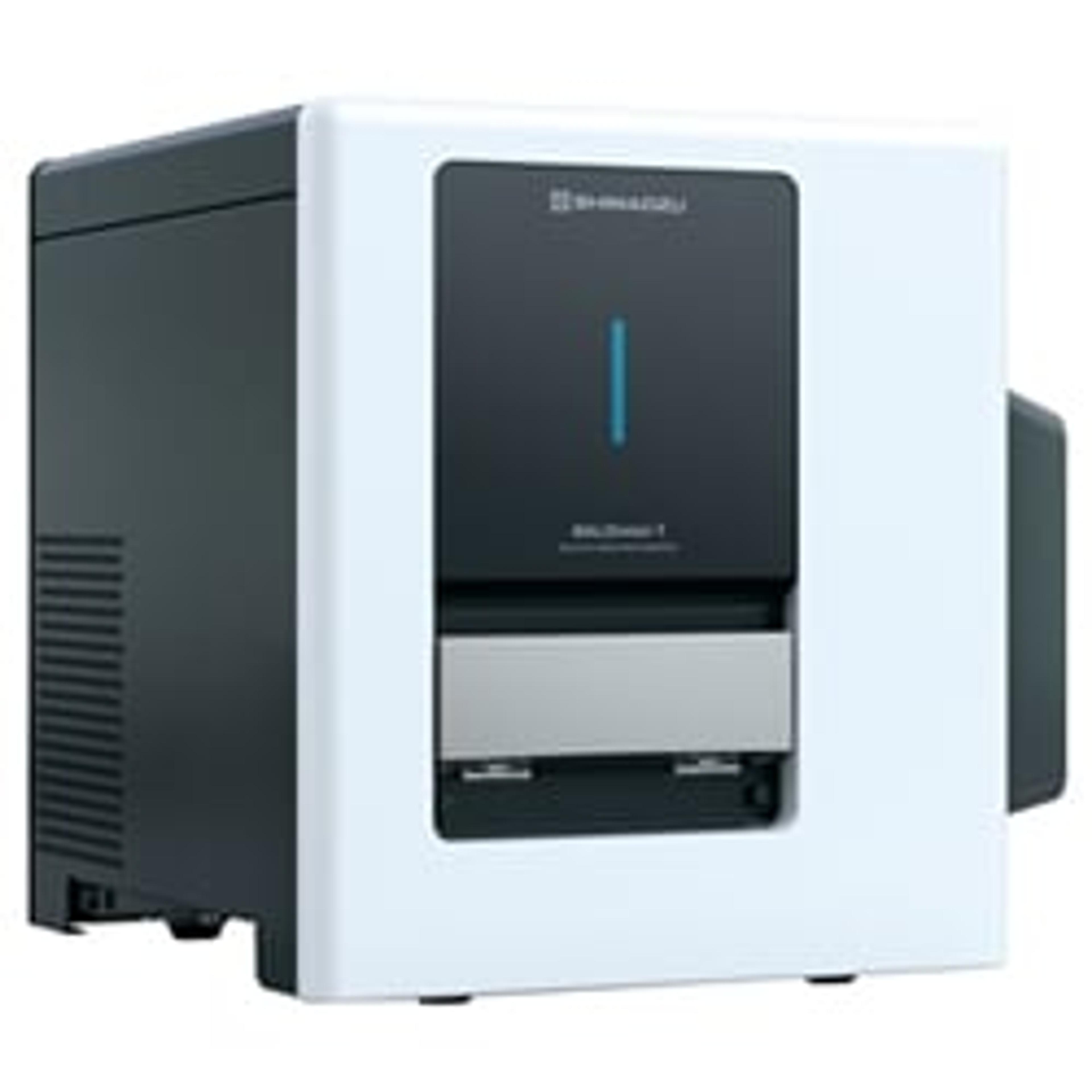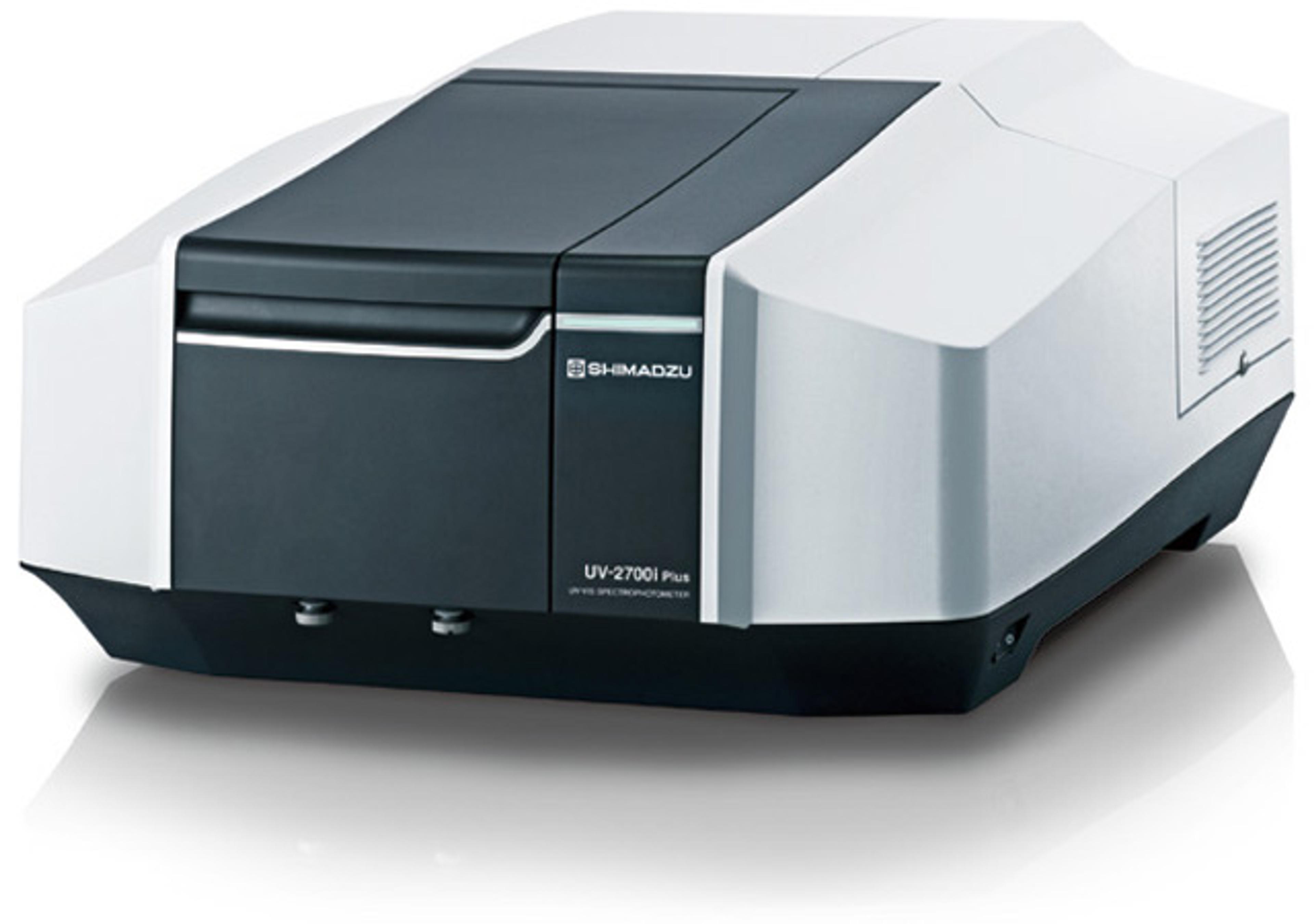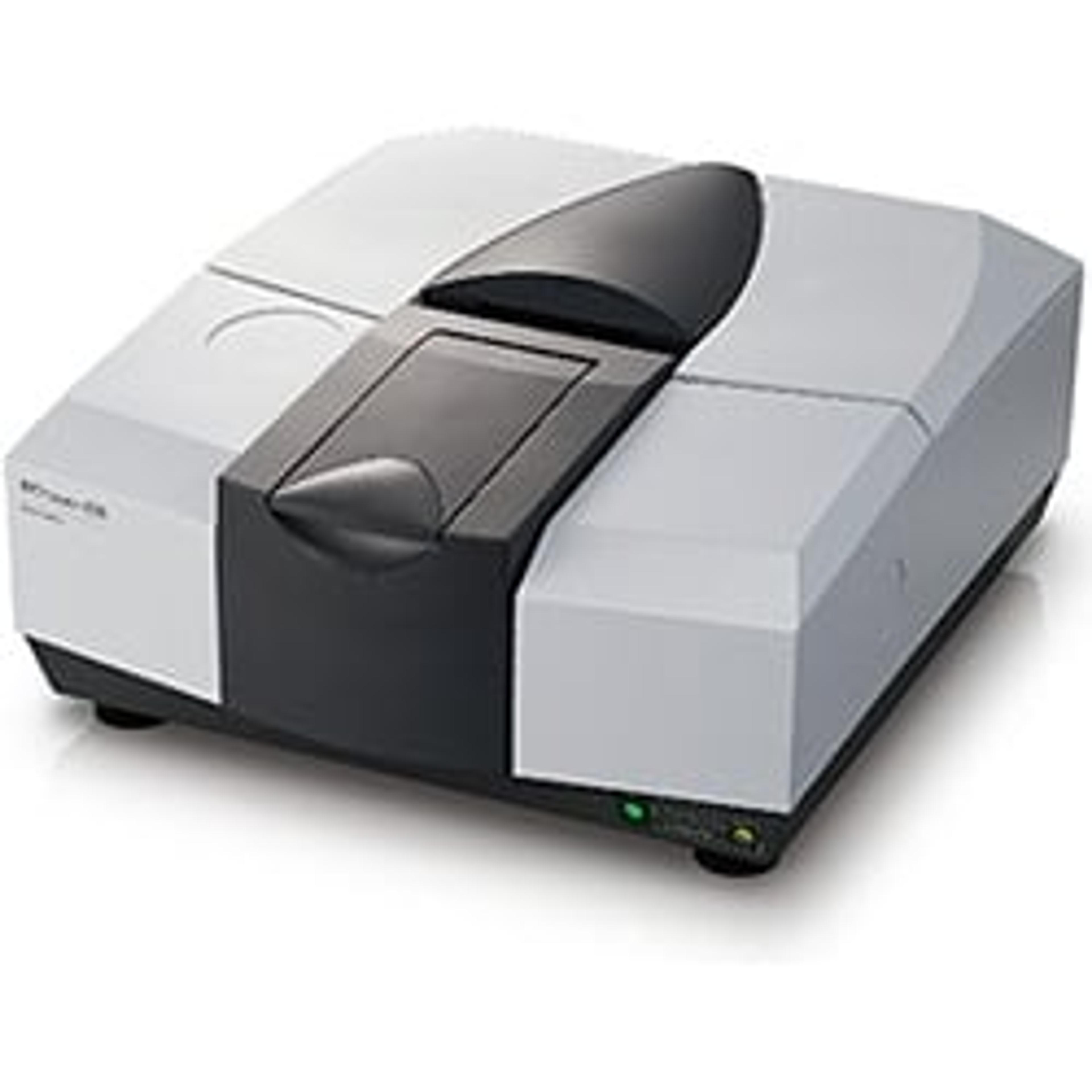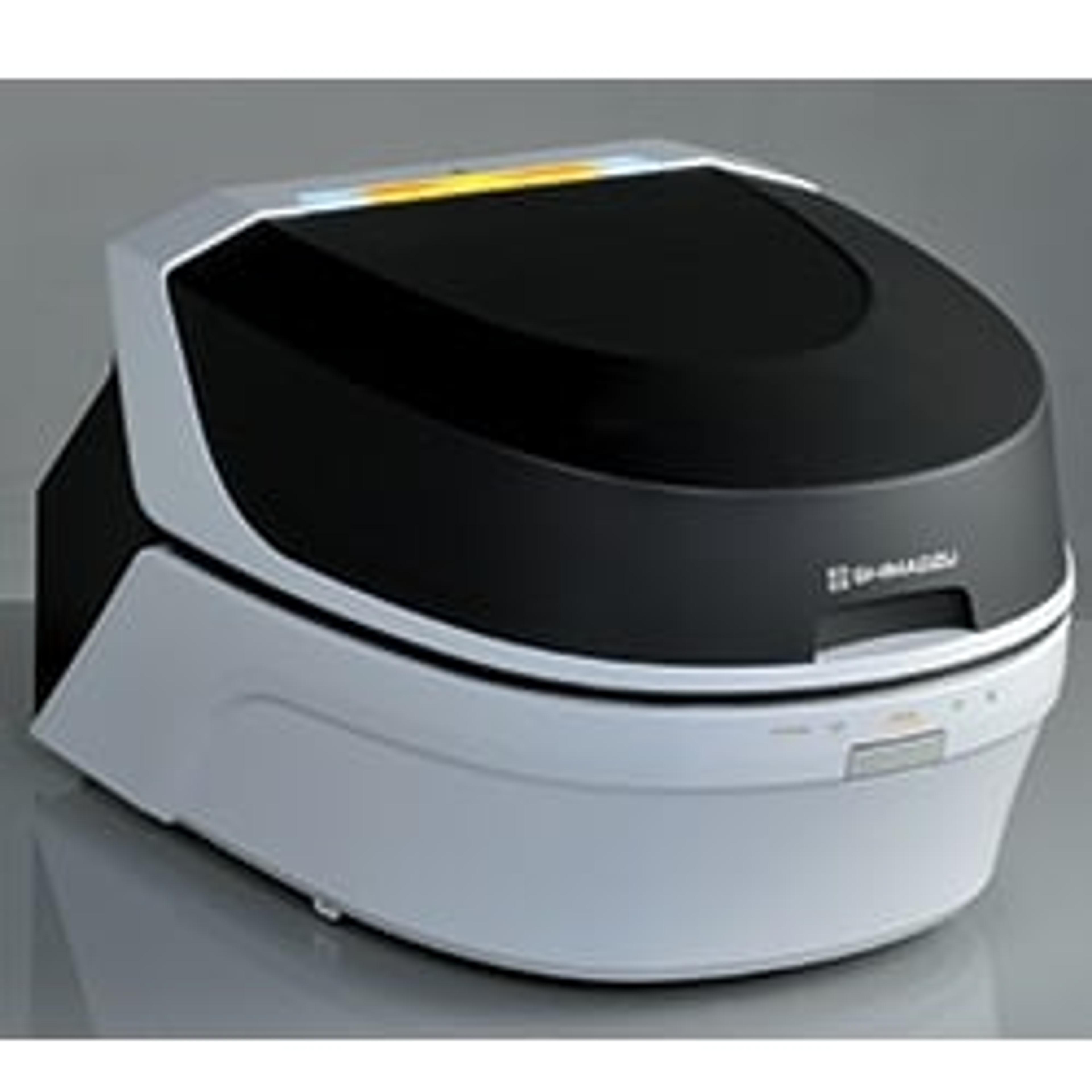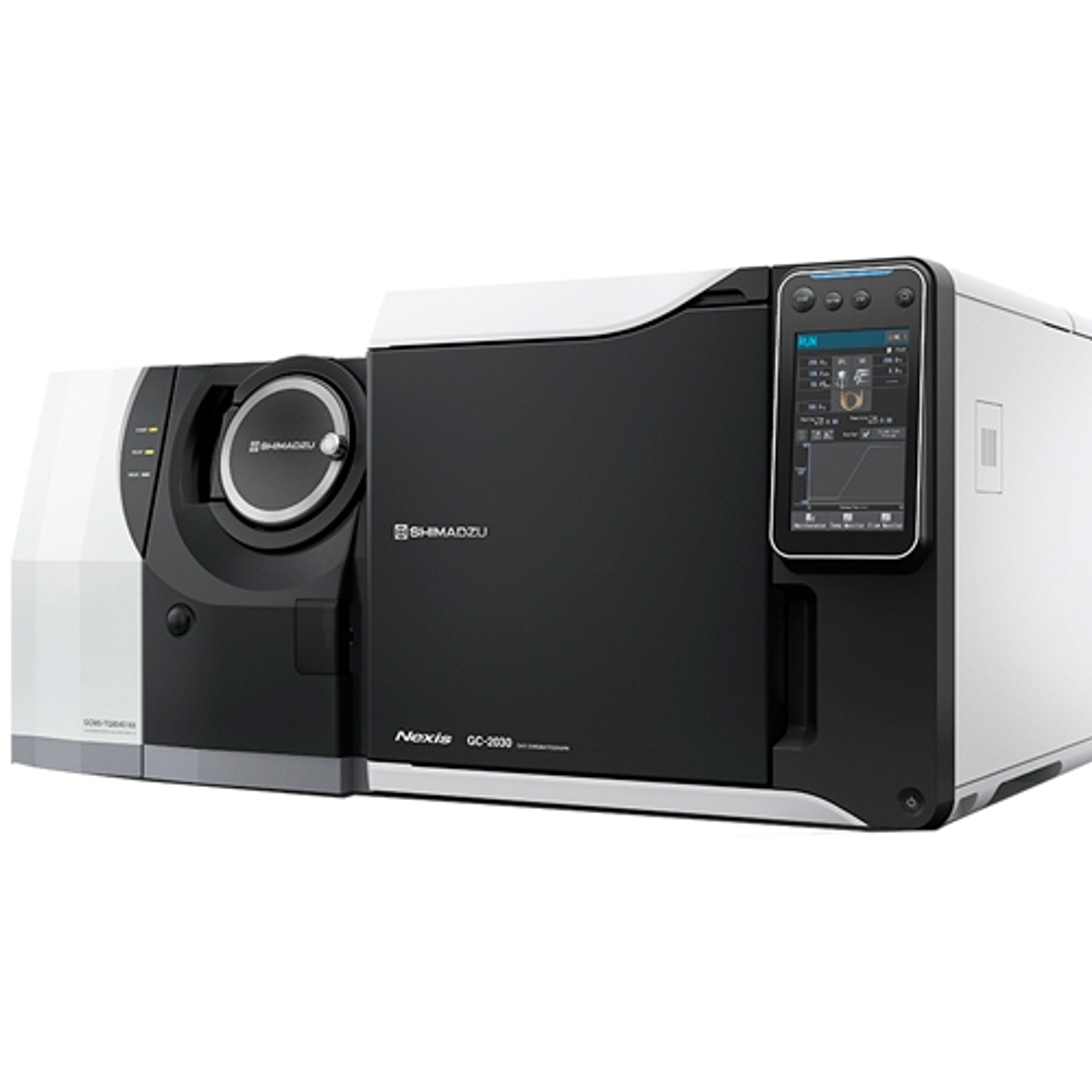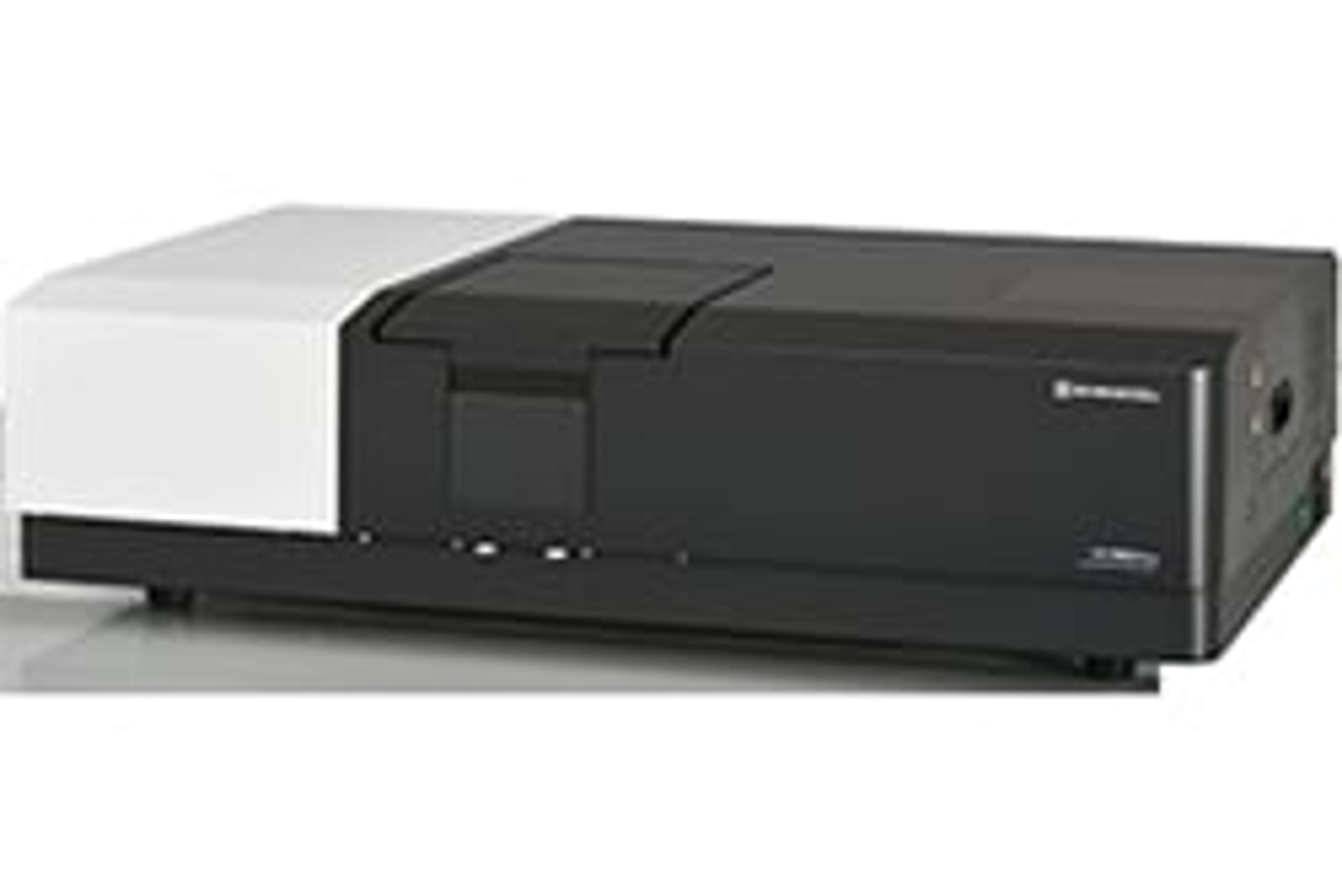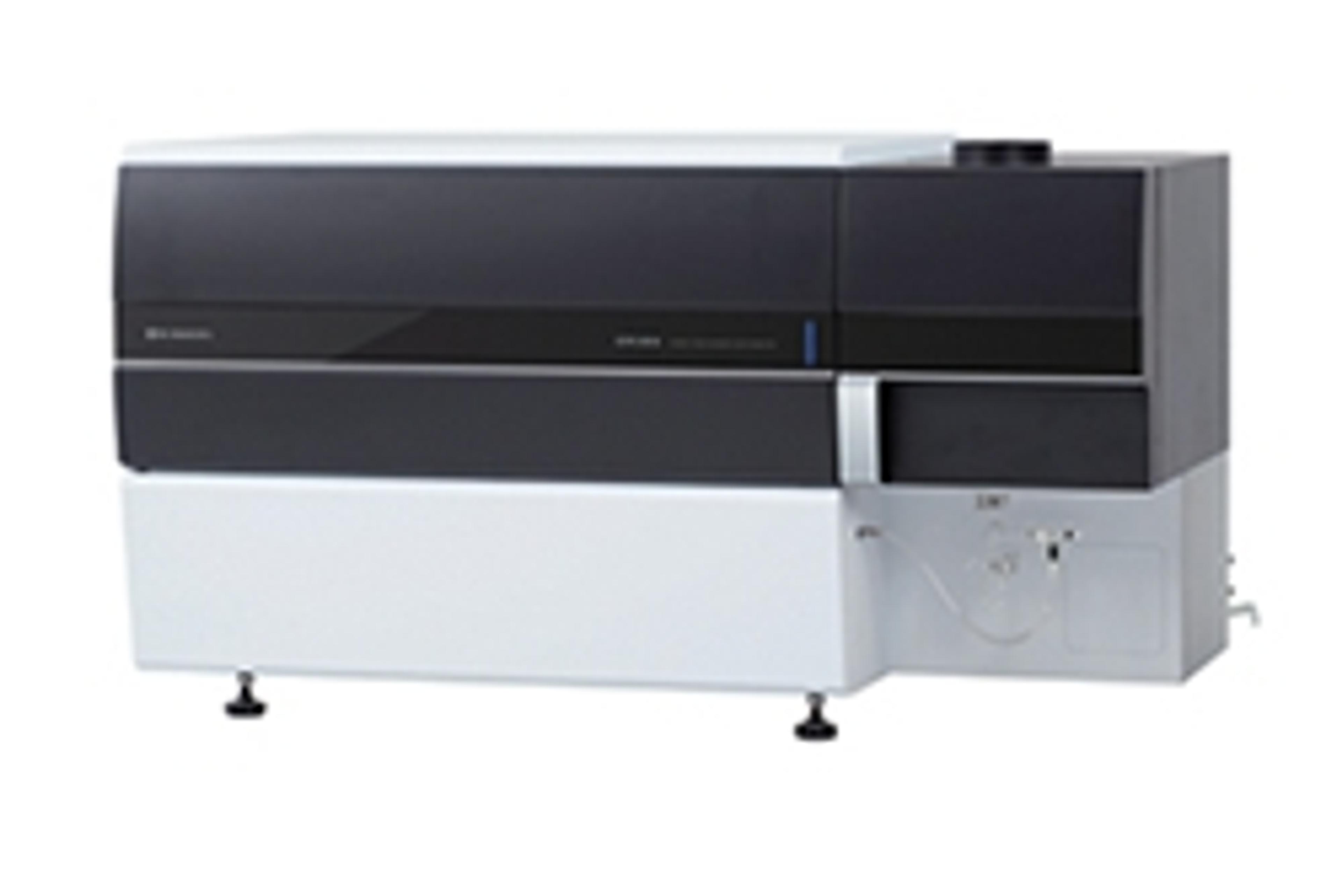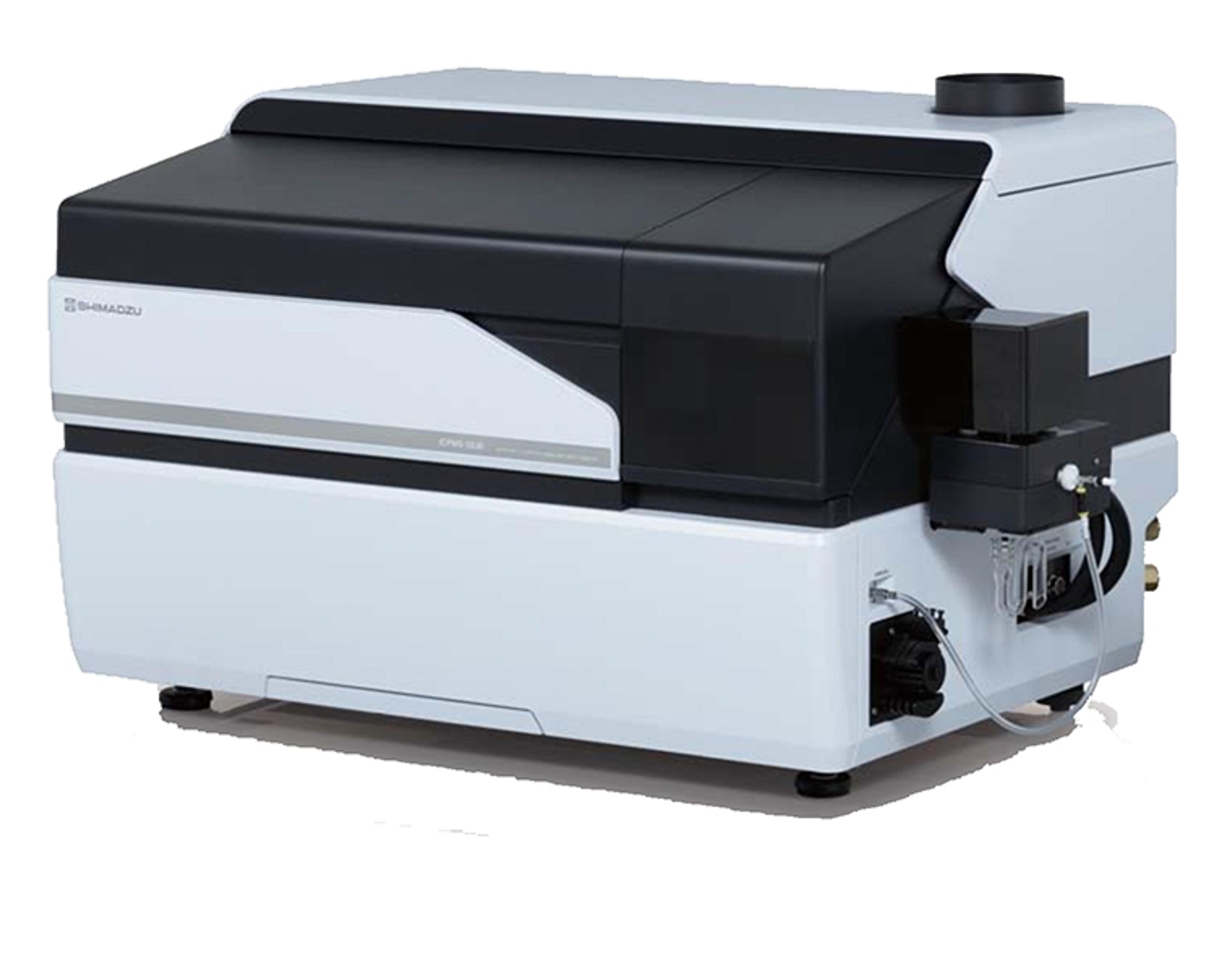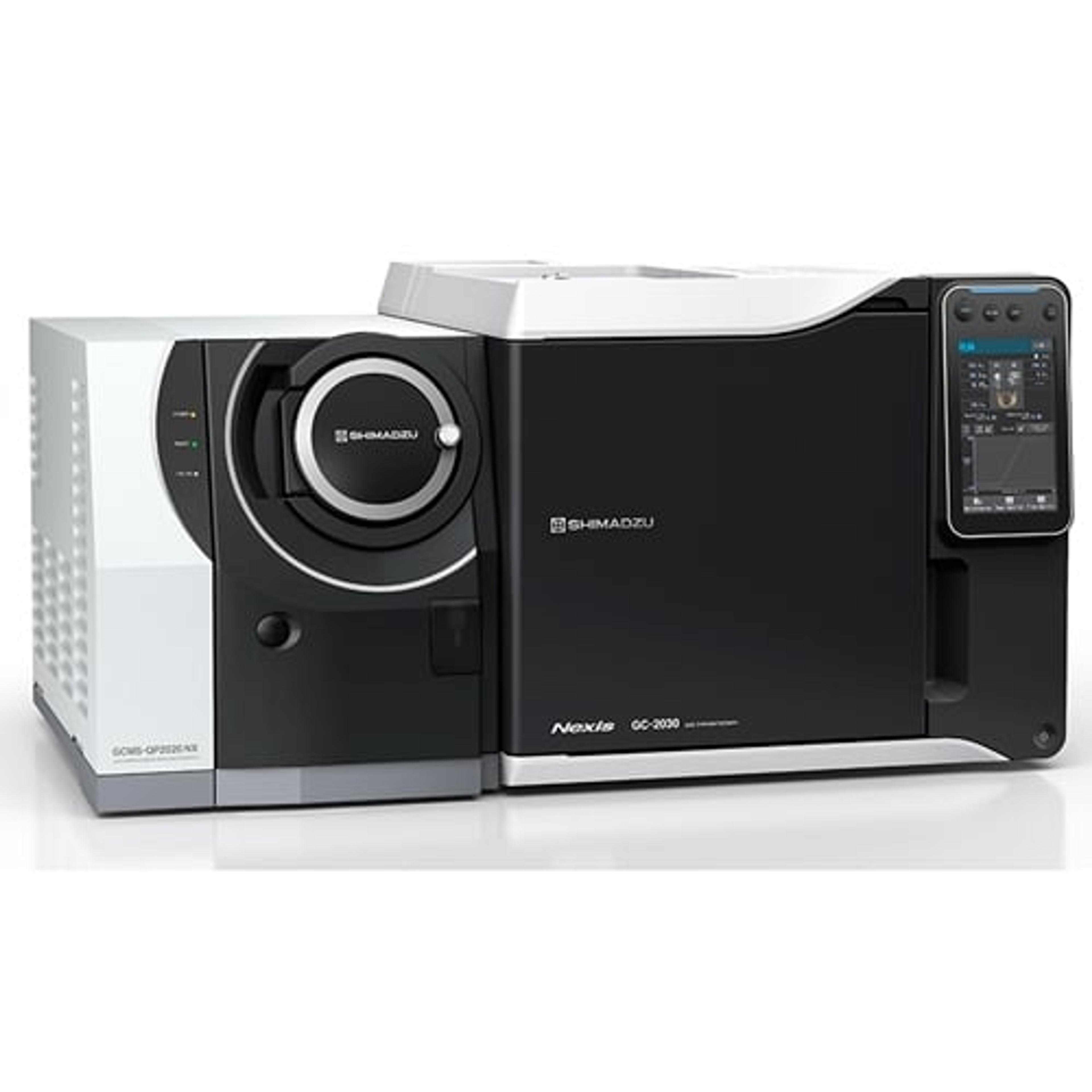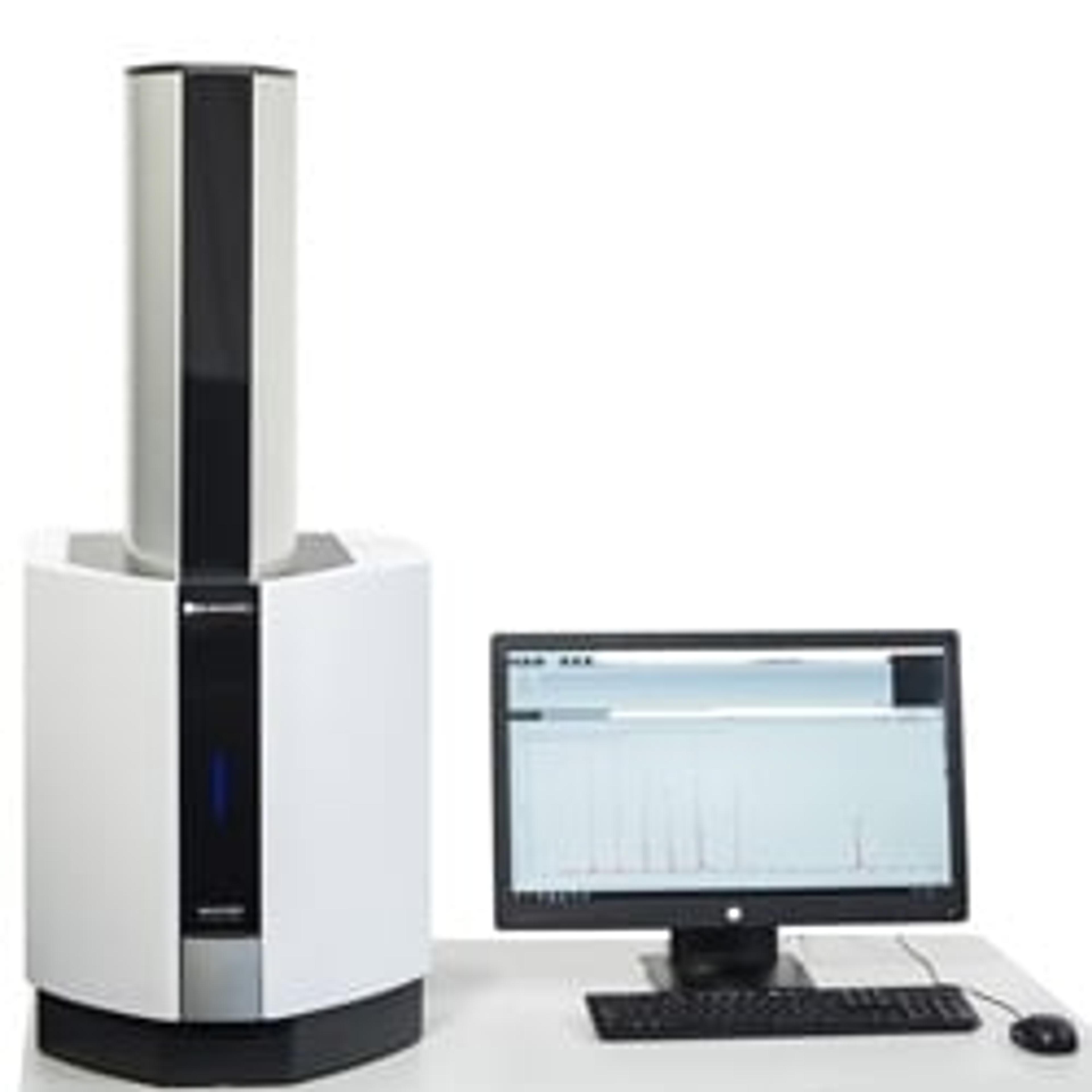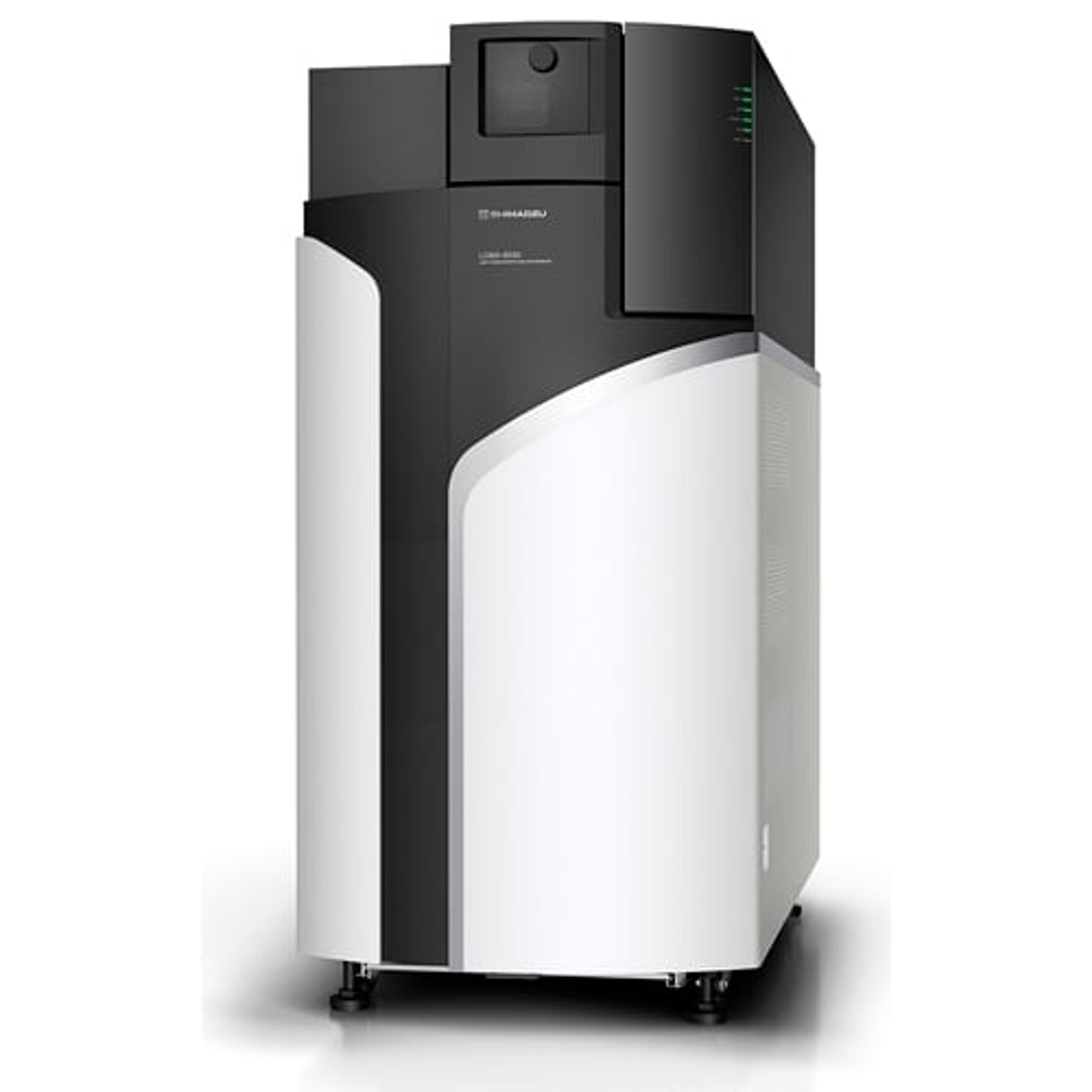MALDImini-1 Digital Ion Trap Mass Spectrometer
Fast, High-Sensitive Measurements through an Ultra-Compact Design
Great value.
Mass Spectrometry
An exciting instrument for structure determination.
Review Date: 12 Mar 2020 | Shimadzu Corporation
Used in many applications of larger molecules.
Protons, acids
Seemed like a great instrument, easy to use, much smaller than I expected it to be. Very clear and easy to understand, Ryan Walsh did a great job explaining.
Review Date: 12 Mar 2020 | Shimadzu Corporation
The first commercially available compact MALDI digital ion trap mass spectrometer, the MALDImini-1 fits in a space the size of a piece of paper, while allowing fast high-sensitivity measurements and detailed structural and qualitative analyses over a wide mass range, even with sub-microliter sample volumes.
With its simple configuration, it is possible to install the compact MALDImini-1 in small places where mass spectrometers previously could not fit. Its unique Digital Ion Trap (DIT) technology, along with the innovative design of the laser optics, sample stage, and vacuum exhaust system, drastically reduces the space needed for the device. Users can place the MALDImini-1 on a workbench and check MS results right next to the sample preparation area, allowing for a more convenient workflow. Sample and matrix are simply spotted on the sample plate, dried, and loaded into the instrument. Analysis can begin in as little as five minutes. This fast, simple setup enables users to conduct and repeat even in-depth structural analyses in a short time span.
The system’s digital ion trap uses rectangular wave RF to allow ion trapping up to 70,000 Da. This capability, when combined with a MALDI source, enables high-sensitivity MSn analysis in a broad range of applications. In addition to checking the mass of smaller biomolecules, such as peptides and glycans, the unique features of the digital RF waveform allow analysis of higher molecular weight species up to 70,000 Da. Furthermore, the MS/MS and MS3 functionality of the DIT allows researchers to carry out comprehensive structural analyses, such as direct glycopeptide analysis, post translational modification analysis, and branched glycan structural analysis.


